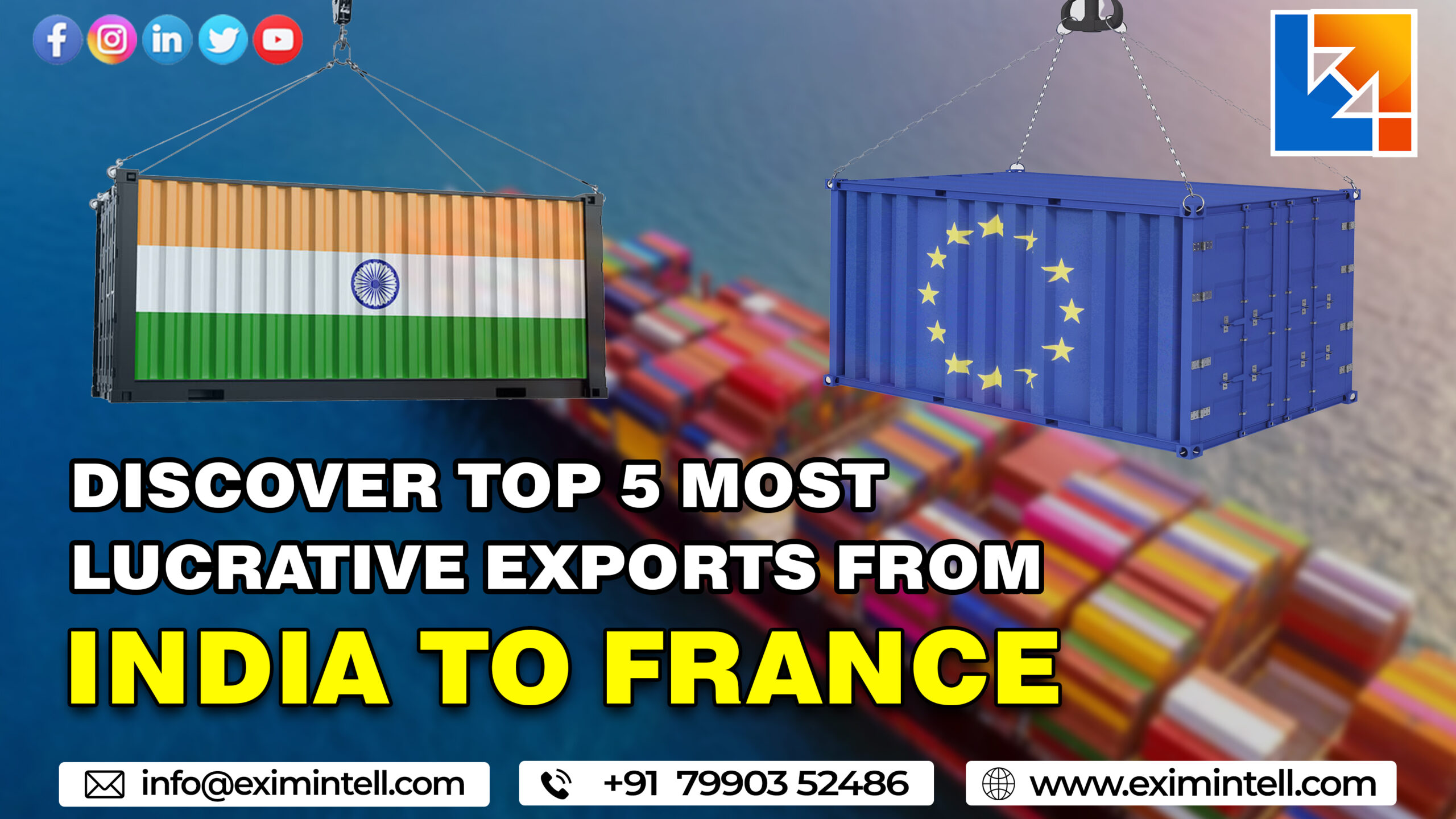Are you an entrepreneur looking to expand your business? Then you should add Poland to your list of potential markets. As the sixth-largest economy in the European Union, there’s huge growth potential when trading with this country. This blog post’ll discuss the Top Products Exports from India to Poland that will boost your revenue. So whether you’re in textiles, food, or technology, read on to discover how to tap into this lucrative market!
Introduction to India-Poland Economic Relationship
India-Poland economic relations date back to 1947, when the two countries signed a Trade Agreement. In recent years, bilateral trade volume has grown significantly, and Poland has become one of India’s key trading partners in Central Europe.

The main products exports from India to Poland are textiles and clothing, leather goods, footwear, headgear, spices, tea, coffee, tobacco, processed minerals, inorganic chemicals, iron and steel, petroleum, and organic chemicals. Indian exports to Poland have grown rapidly in recent years and currently stand at around US$2.4 billion.
There is great potential for further growth in bilateral trade between India and Poland as both countries have complementary strengths. India is a world leader in IT and business process outsourcing, while Poland is a manufacturing powerhouse with a strong engineering base. There is also scope for cooperation in areas such as agriculture, education, and tourism.
Review of the Top 5 Products Exports from India to Poland
1. India is the world’s second-largest producer of textiles and garments, making it a key player in the global fashion industry. Its exports of these products to Poland have grown steadily in recent years, reaching $1.4 billion in 2016.
2. India is also a major exporter of drugs and pharmaceuticals, with exports to Poland totaling $872 million in 2016. This export sector is expected to grow even further in the coming years as the demand for Indian-made drugs and pharmaceuticals increases in Poland.
3. Another key exports from India to Poland is organic chemicals, which totaled $782 million in 2016. This export sector is expected to grow due to the increasing demand for these chemicals in Poland.
4. India is also a major exporter of machinery and equipment, with exports to Poland totaling $716 million in 2016. This export sector is expected to grow even further in the coming years as more Polish companies look to source their machinery and equipment from India.
5. India exported significant leather products to Poland, totaling $700 million in 2016. This export sector is expected to continue growing due to the increasing demand for leather goods in Poland
-Explaining the Importance of Each Product Export
India is a key player in the global market for various reasons:
- It has a large population that creates significant demand for goods and services.
- It has a diversified economy with a wide range of industries that produce various products and services.
- It has a favorable location that gives it proximity to major markets in Asia, Africa, and the Middle East.
As a result, India is an important export market for many countries worldwide. In particular, Poland is one of India’s top export destinations. Poland is a member of the European Union (EU), which gives Indian exports preferential treatment under the EU’s Generalised Scheme of Preferences (GSP). As such, exporting to Poland can be highly lucrative for businesses in India.
There are several key products that Indian businesses should consider exporting to Poland to boost their revenue. These include:
1) Tea: Tea is one of India’s most iconic exports and is hugely popular in Poland. Poles consume more tea per capita than any other nation in Europe. As such, there is significant demand for high-quality Indian tea in Poland.
2) Spices: India is well-known for its spices, which are used extensively in Polish cuisine. Consequently, there is strong demand for Indian spices such as cumin, coriander, turmeric, chili powder, and garam masala in Poland.
3) Rice: Rice is another popular export item in India and is widely consumed in Poland. There is a booming demand for high-quality Indian rice, which has caused prices to rise significantly.
4) Apparel: India is renowned for its colorful and stylish clothing, which makes it a great destination for cheap fashion. Polish consumers are increasingly looking for affordable clothing, which makes Indian apparel companies a great option for businesses looking to export to Poland.
5) Electronic Goods: India is one of the world’s largest producers of electronic goods, such as computers, mobile phones, and other consumer electronics. These products are in high demand in Poland and offer an attractive option for exporters wanting to access the growing Polish market.
These five product categories represent some of the most important exports from India to Poland. By tapping into this lucrative market, businesses can boost their profits significantly while helping to increase India’s presence in Europe further.
Benefits of Exports From India to Poland
There are many benefits to exports from India to Poland.
1. Exporting products to Poland can help boost your revenue by creating new product markets.
2. Poland is a large country with a population of over 38 million people, so there is potential for substantial sales.
3. Polish consumers strongly prefer foreign brands, so your products will be in high demand.
4. Poland is located centrally in Europe, making it an ideal export destination for Indian companies looking to enter the European market.
5. The country has a well-developed infrastructure and transport network, making it easy to get your products to market.
Growth Prospects for Exports from India to Poland
1. India’s Export to Poland: An Overview
Since the early 1990s, India has been one of the world’s fastest-growing economies. This growth has been accompanied by an expansion in Indian exports, which have been important in underpinning this economic growth. In recent years, Poland has emerged as an important market for Indian exports, with bilateral trade between the two countries growing rapidly. In 2016, bilateral trade between India and Poland was worth around $8.4 billion, making Poland India’s 34th-largest trading partner.
Indian exports to Poland primarily concentrate on key sectors, including textiles and clothing, pharmaceuticals, chemicals, and engineering products. These sectors account for around 70% of India’s exports to Poland. Textiles and clothing are by far the largest exports from India to Poland, accounting for around 38% of all Indian exports to Poland in 2016. Other significant export sectors include pharmaceuticals (15%), chemicals (9%), and engineering products (8%).
The strong growth in bilateral trade between India and Poland over the last few years indicates the significant potential for further growth in Indian exports to Poland. With both countries committed to deepening their economic ties, there is scope for further expansion in bilateral trade between India and Poland in the years ahead.
Conclusion
India’s exports to Poland are attractive for any business looking to diversify its sources and expand its international reach. Indian manufacturers can provide a wide range of products with competitive pricing, meaning that Polish businesses can take advantage of cost savings while simultaneously supporting trading opportunities between our countries.
From foodstuffs and textiles to electronics and machinery, there is something for every industry in India’s diverse portfolio of exportable goods. With this in mind, it should come as no surprise that the Top 5 Products Exports from India To Poland will drive significant revenue growth if you decide to capitalize on them now!




















